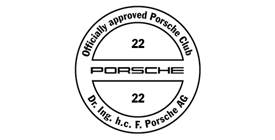There is a small thermocycle when the engine is off, but it is just that - small.
It does feed into another idea I had a while ago; an electrically-driven constant-speed water pump. The current design of water pump on every car I have looked at is such that its speed is directly related to engine speed. Most engine cooling needs to be done at low speed as there is less air flowing past the engine, therefore the water pump needs to be circulating at least enough water for the worst-case cooling scenario when idling (approx 1000rpm). This means that it will be circulating several times as much water when running at high revs (approx 6000rpm = six times as much water) despite there being no greater need for cooling. This will equate to a huge drain on engine power at high speeds.
A water pump that turns at a constant speed would overcome this. And if you were to do this electrically, you could keep it running after the engine has stopped to carry on cooling. (More relevant for turbos, perhaps.)
Oli.
It does feed into another idea I had a while ago; an electrically-driven constant-speed water pump. The current design of water pump on every car I have looked at is such that its speed is directly related to engine speed. Most engine cooling needs to be done at low speed as there is less air flowing past the engine, therefore the water pump needs to be circulating at least enough water for the worst-case cooling scenario when idling (approx 1000rpm). This means that it will be circulating several times as much water when running at high revs (approx 6000rpm = six times as much water) despite there being no greater need for cooling. This will equate to a huge drain on engine power at high speeds.
A water pump that turns at a constant speed would overcome this. And if you were to do this electrically, you could keep it running after the engine has stopped to carry on cooling. (More relevant for turbos, perhaps.)
Oli.









